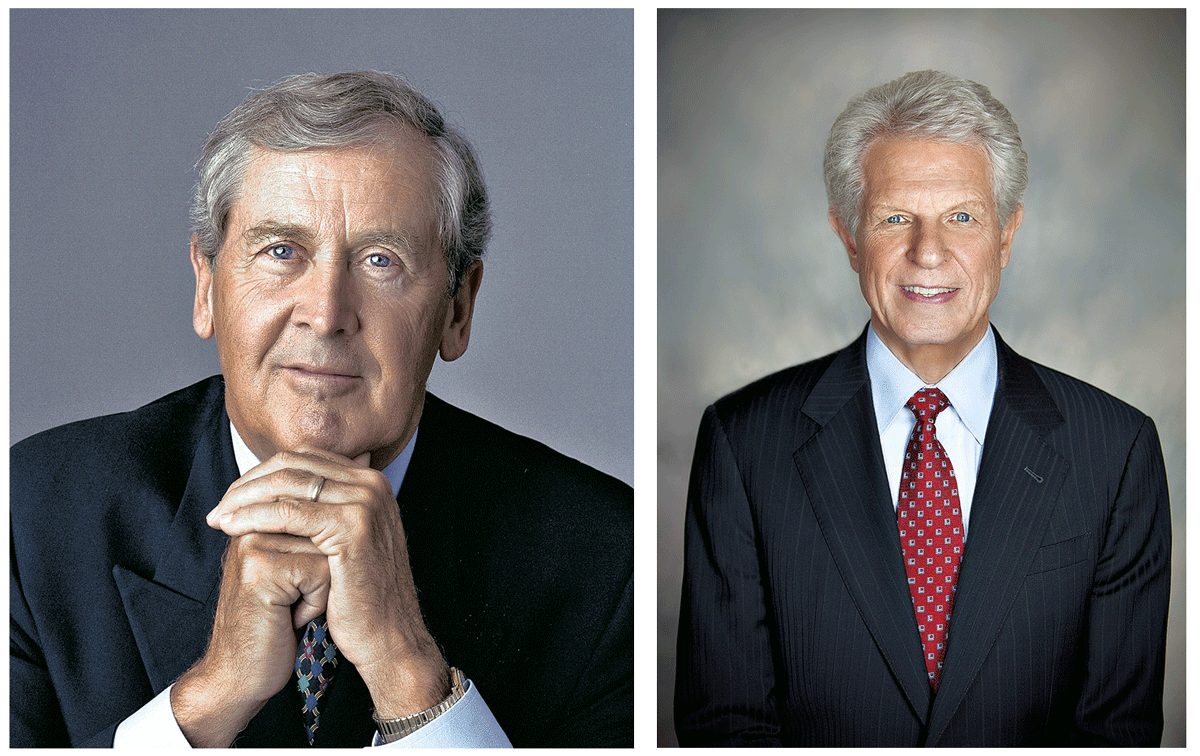Dave Goetz from Brand & Strategy interviewed me in May of 2006 on the state of branding. This is the conversation that transpired…
What, If Anything, Has Changed Over The Past Thirty Years In Marketing Strategy?
Essentially, the only thing that has changed is the level of competition. Competition today is intense. It’s what I call the “tyranny of choice.” There is now so much choice that if you make a mistake, your competitors quickly get your business, and you don’t get it back. It’s the General Motors problem. They made a lot of mistakes and market share continues to drop.
Has Your Thinking About Positioning Changed Since You Coined The Phrase?
No, not at all. My stance on positioning has become more important in the scheme of things because of the level of competition. My first article in 1969 about positioning pointed essentially to the “me-too-marketplace.” The concept of positioning was necessary because of the arrival of more and more competitors saying, “Me too.” My premise was based on the rise of competition. But did I realize in 1969 what it would be like in 2006? Not at all. At that point, there wasn’t global competition.
Are There A Limited Number Of Positions?
Remember, we’re talking about positioning as a science. It’s the science of the mind—psychology. One of the things we talk about in positioning is the Rule of Seven. In other words, in any category there are no more than seven brand names that anybody can remember, and those are only high interest categories. Harvard psychologists figured out that generally the finite number of brands that stick in people’s heads is seven. But there’s also the law of duality. If you look at every category, only two brands eventually rise to the top. It’s Coke and Pepsi, Kodak and Fuji. The remaining brands—3, 4, 5, 6, and 7—are working in a fairly small market share.
What If You’re Not The Leader In A Category?
Whatever the category, the large players will dominate on a regional and a national scale. Once you get beyond that, I think the future belongs to the specialist. Specialization is your only weapon against size. Big, by definition, is going to be everything for everybody. Specialists focus on what they are good at. They say, “We are specialists in this. And if you want this, nobody knows more than we do.” Specialization is the ultimate and only weapon against size. But it’s hard to do that because most people don’t want to give up anything.
Do You Agree With The Notion That Everything You Do Is Marketing?
In the 50’s, Peter Drucker said the object of business is to generate customers. There are only two functions in business that generate customers: marketing and innovation. Everything else is an expense. People have forgotten that. Managers spend their time on organization, finance, manufacturing, and people when they should be focused on marketing—which differentiates you. Managers are beginning to land on innovation—a little late in the game—and they are doing that only because of the high level of competition.
What Must Organizations Do To Survive?
Two concepts have been lost but are critical in today’s complex, global, and technological environment: 1) Keep things simple, and 2) Use your common sense. You have to force yourself into simplifying. Don’t fall in love with all this complexity, because you will drown in it. And the way to keep things simple is to use your common sense. Common sense is one of the great tools that people leave in the parking lot when they go into work.
What Is The Most Valuable Type Of Market Research?
Perceptional research—again, because it deals with the mind. I want to know who owns what idea. I want to know how my competition is perceived. And I want to know how I’m perceived. The trouble with researchers is they get complicated. They want to probe people’s minds, and they want to research stuff that people don’t even know they’re thinking. You just want to get a sense of how they perceive you versus your competitors. You want to get a sense of who owns what concept in the mind.
Can You Give An Example?
Many years ago I did a lot of research at AT&T—in the early 90’s, right before they went downhill. They showed me some perceptual research, which revealed that AT&T had not effectively differentiated themselves from Sprint and MCI, two rinky-dink companies new to the market. People thought, They’re just as good as AT&T. And they weren’t. I said, “You need to quickly separate yourself.” AT&T was considering developing the concept of reliability, because they had an amazing network at that time. But they didn’t do anything about that. They took their two competitors for granted. And look what happened.
What Can’t You Research?
Innovation. New ideas—nobody’s going to appreciate those. An army of people turned down the plain paper copier, because research told them that people said they wouldn’t pay 10 cents a sheet. But when people saw it, they said, “Whoa, this is great! Sure, I’ll take it.” You can’t research new ideas.
What’s The Alternative To Common Sense?
I was starting a meeting at Intel. There were ten guys in the room, all of whom took out their gadgets and put them on the table. I look at all of it, and said, “I want to go around the room and find out what it is you do with all these gadgets. I don’t have a gadget, and I might be missing something.” They went around the room: “Mine does emails. Mine faxes, etc. …” I said, “I don’t want to throw cold water on your gadgets, but everything you are doing with your gadgets, I have “Doris” do. You are wasting your time.” They said, “You’re right. But the Doris’s are gone here at Intel—all but the three Doris’s that Andy Groves has!” We have more men and women running around being their own secretaries and not spending enough time thinking. That’s why you see so many gigantic mistakes in the marketplace and why so many companies are washing up.
The Blake Project Can Help: The Brand Positioning Workshop
Branding Strategy Insider is a service of The Blake Project: A strategic brand consultancy specializing in Brand Research, Brand Strategy, Brand Licensing and Brand Education





One comment
Kate Brodock
June 5, 2008 at 5:57 pm
This is a great post. It has very clear parallels between Dr Jagdith Sheth (Professor Sheth to me, http://www.jagsheth.net/ ),and his Rule of Three concept. The numbers are a little different, but the idea is that ultimately there are only THREE industry hot shots who can remain as “full-line generalists”, while the rest share such small market share that they either must change strategy/targeting (e.g. specializing) or they die out and fall into “the ditch”. His research at least has shown that three is the magic number, and usually the #3 player is close to “the ditch.”
Just an interesting addition to the first couple of responses given above.
Comments are closed.